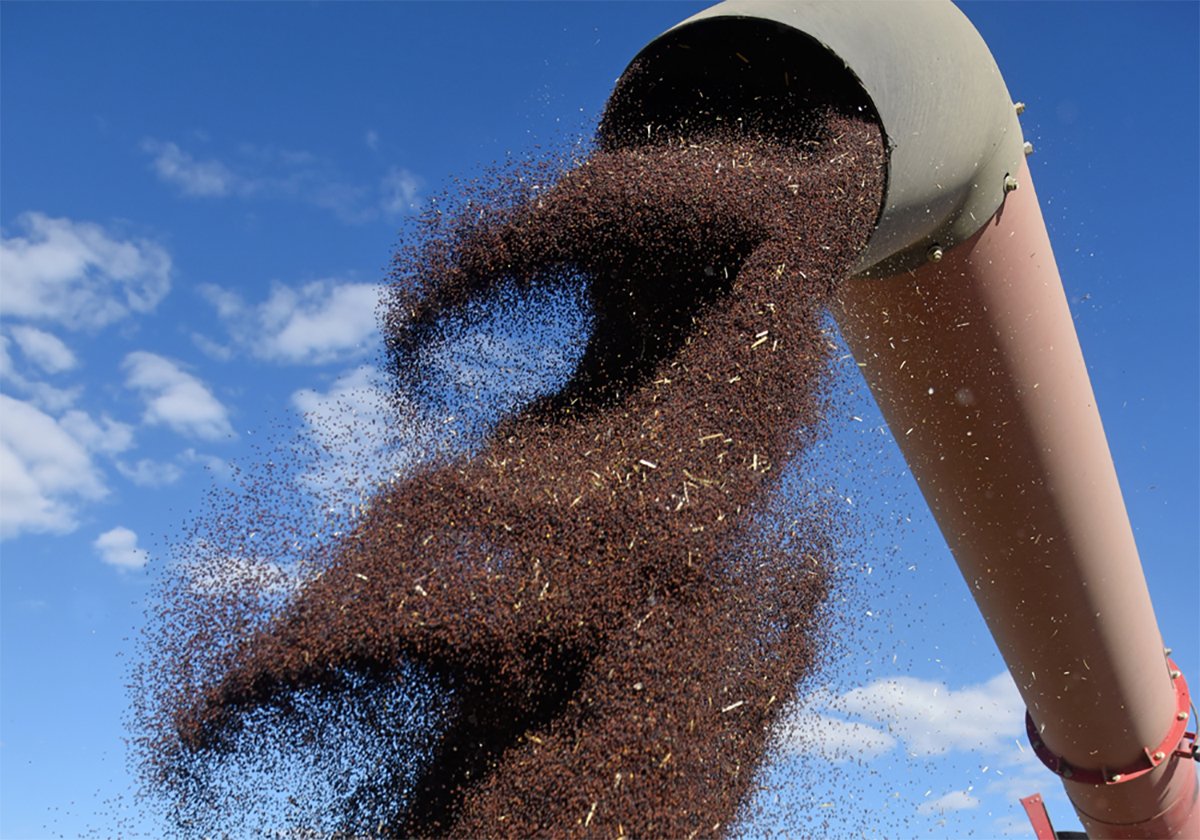When at the grocery store or opening the fridge, have a quick look at the label on a tub of margarine. The first ingredient will usually be canola oil. Next up is sunflower or soybean oil.
The third ingredient is more surprising — palm oil.
It’s also a problem, at least for Canadian agri-food processors who want to sell margarine into the United States.
“Currently our exports of margarine to the U.S. face approximately … a seven percent tariff, depending on the price of the day,” said Brian Innes, vice- president of government relations with the Canola Council of Canada.
Read Also

Ag minister says tariff situation with China is fragile, volatile
Agriculture ministers from across Canada said they heard canola producers’ concerns about tariffs but it seems unlikely they can do much about them.
The seven percent tariff exists because palm oil isn’t produced in Canada or the United States. Under the North American Free Trade Agreement’s rules of origin, margarine doesn’t qualify for tariff-free status.
The United States-Mexico-Canada Agreement, which was agreed to in principle Sept. 30, will rectify that oversight. The deal will eliminate the tariff over five years.
“The margarine rule of origin for use in trade between the United States and Canada will allow the use of non-originating palm oil in the manufacture of margarine,” the Office of the U.S. Trade Representative says on its website.
Changing the margarine rules should benefit processors such as Richardson and Bunge. Richardson produces margarine at facilities in Lethbridge and Ontario, while Bunge has plants in the Toronto area.
A seven percent tariff doesn’t seem especially large, but it’s been difficult to export Canadian margarine to the U.S., Innes said.
“It’s a very competitive market,” he said. “Currently the U.S. market is around $800 million … just for margarine, (but) we export about $8 million (to the U.S.)…. Right now, any margarine crossing the border into the U.S. is fighting an uphill battle.”
Eliminating the tariff should increase the amount of margarine shipped to the U.S., which would benefit the overall canola industry.
“This (change) enables more value-added canola exports,” canola council president Jim Everson said in a statement.
As for palm oil, it’s an ingredient in margarine because of changes in how the product is made.
Not long ago, hydrogenation was used to turn vegetable oil into margarine because canola oil and soybean oil are not solid at room temperature.
“(But) when trans fats were banned — couldn’t use hydrogenation,” Innes said.
North American margarine manufacturers turned to palm, an oil that is semi-solid at room temperature. The amount of palm oil and palm kernel oil varies from brand to brand. A label for regular Becel says palm oil represents about eight percent of the fat in the product.
Contact robert.arnason@producer.com















